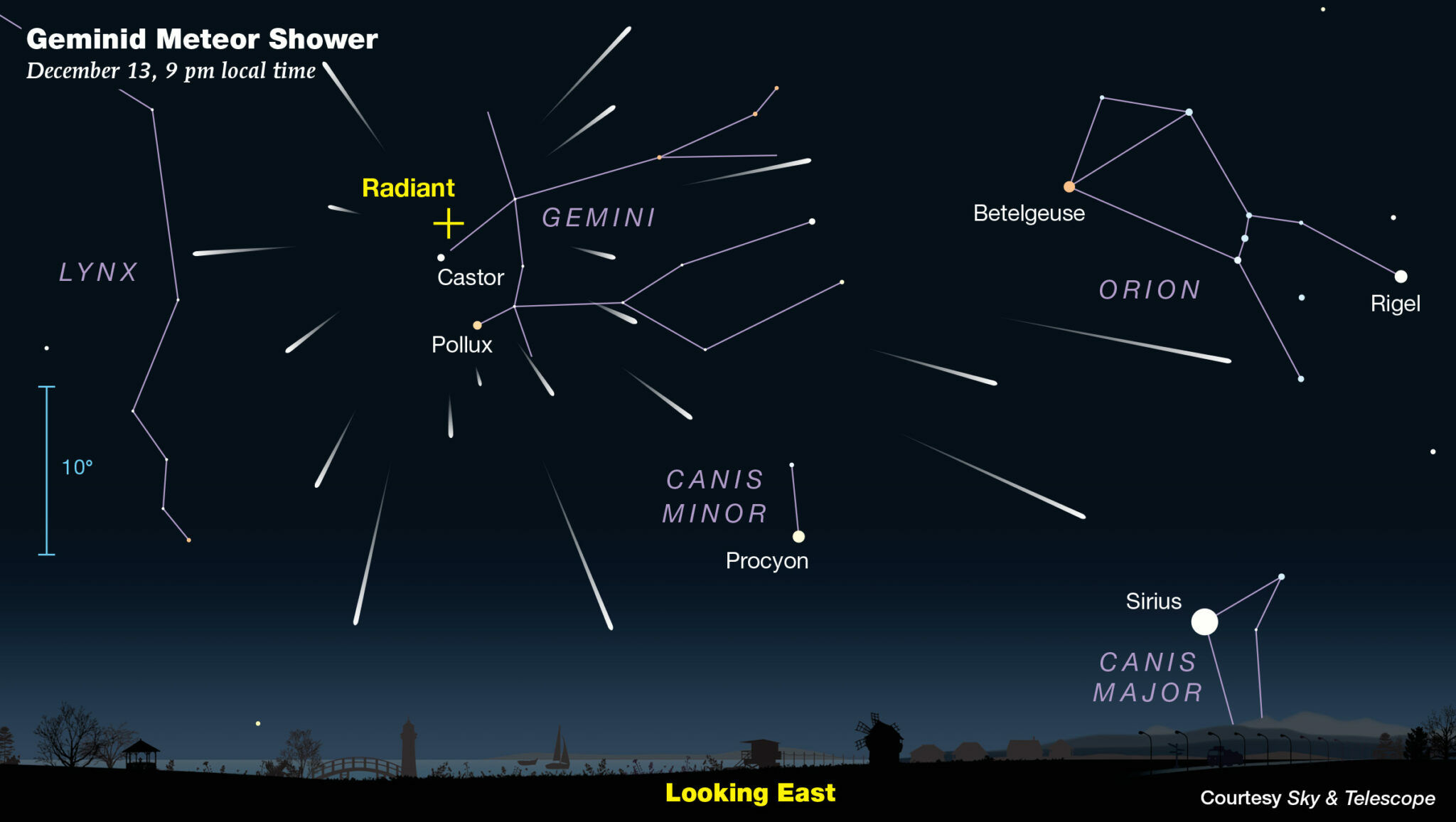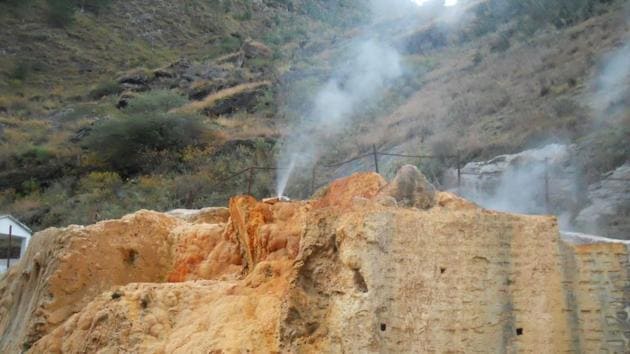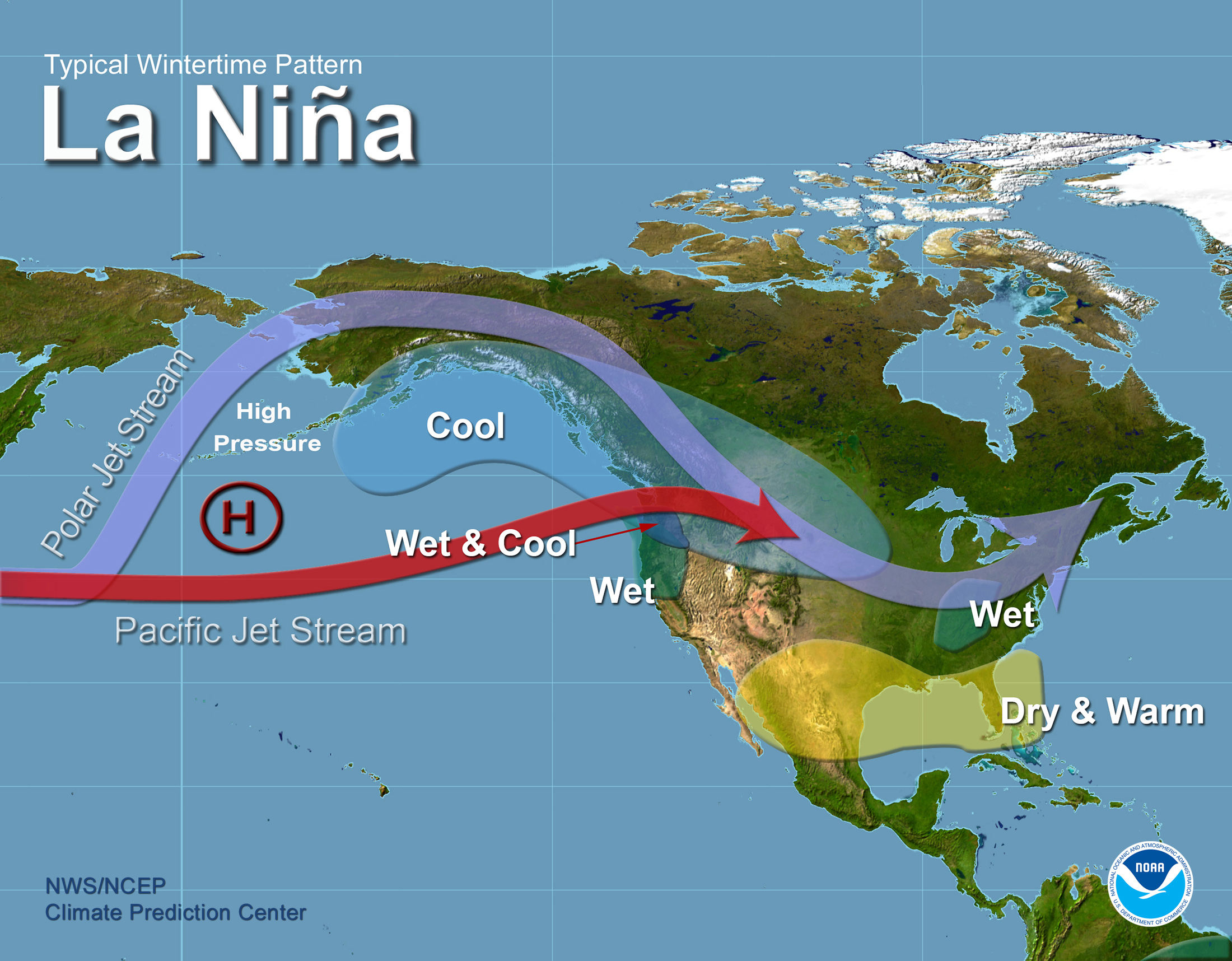Why is geminid meteor shower considered to be the best for the year?
The Geminids meteor showers are unique because their origin does not lie in a comet, but what is believed to
be an asteroid or an extinct comet. The Geminids emerge from 3200 Phaethon, which meteor scientists
consider to be an asteroid.
What are hot/geothermal springs? discuss some key observations with example.
A hot spring is a spring produced by the emergence of geothermally heated groundwater that rises from the
Earth's crust.
Scientists of the Wadia Institute of Himalayan Geology (WIHG) conducted a study on Geothermal springs in
Himalayas.
Key observations and findings:
1. Geothermal springs cover about 10,000 square kms in the Garhwal region of the Himalayas in Uttarakhand.
2. The Himalayas host hundreds of geothermal springs and they release a huge amount of carbon dioxide in the
atmosphere.
3. CO2 in these thermal springs are sourced from metamorphic decarbonation of carbonate rocks present
deep in the Himalayan core along with magmatism and oxidation of graphite.
4. Most of the geothermal water is dominated by evaporation followed by weathering of silicate rocks.
What is Solar Eclipse? Why isn’t there a solar eclipse every month?
Solar Eclipse is a natural event that takes place on Earth when the Moon moves in its orbit between Earth and
the Sun (this is also known as an occultation).
● It happens at New Moon, when the Sun and Moon are in conjunction with each other.
● During an eclipse, the Moon’s shadow (which is divided into two parts: the dark umbra and the lighter
penumbra) moves across Earth’s surface.
Then, why isn’t there a solar eclipse every month?
• If the Moon was only slightly closer to Earth, and orbited in the same plane and its orbit was circular, we would
see eclipses each month.
• The lunar orbit is elliptical and tilted with respect to Earth’s orbit, so we can only see up to 5 eclipses per
year..
• Depending on the geometry of the Sun, Moon and Earth, the Sun can be totally blocked, or it can be partially
blocked.
What is La Niña?
It means the large-scale cooling of ocean surface temperatures in the central and eastern equatorial Pacific
Ocean, together with changes in the tropical atmospheric circulation, namely winds, pressure and rainfall.
● It has the opposite impacts on weather and climate as El Niño, which is the warm phase of the El Niño
Southern Oscillation (ENSO).
How is La Niña linked with the Northeast monsoon?
While La Niña conditions enhance the rainfall associated with the Southwest monsoon, it has a negative impact
on rainfall associated with the Northeast monsoon.
During La Niña years, the synoptic systems — low pressure or cyclones — formed in the Bay of Bengal remain
significantly to the north of their normal position.
● Besides, instead of moving westwards, these systems recurve. As they lie to the north of their normal position,
not much rainfall occurs over southern regions like Tamil Nadu.












No comments:
Post a Comment